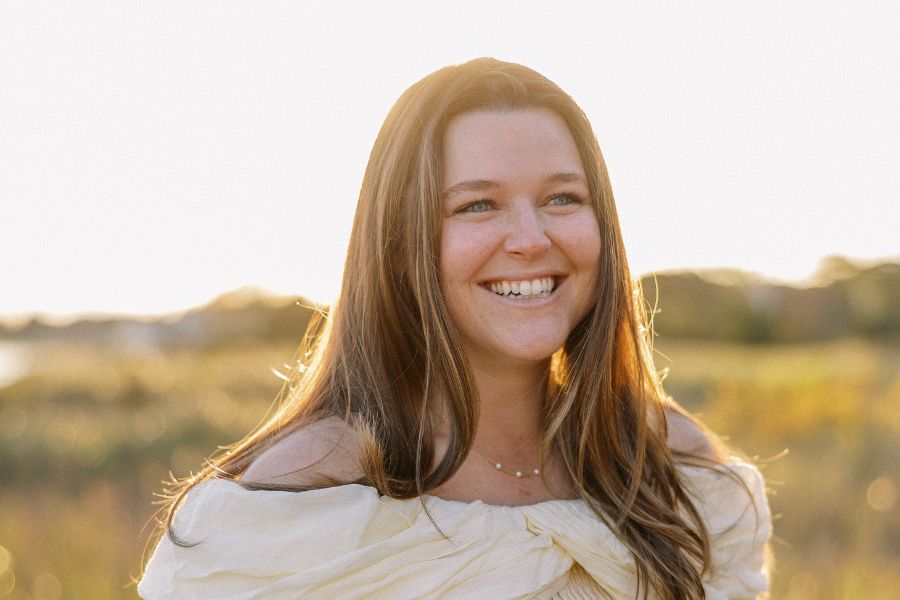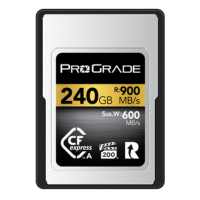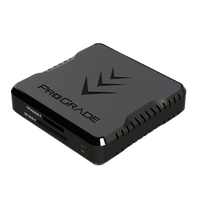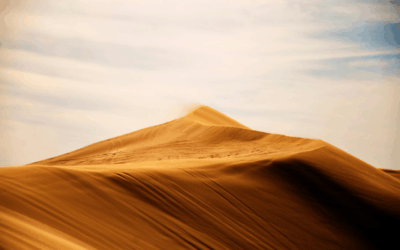In the world of photography, particularly sports photography, few names are as intriguing as Kathryn Riley’s. With an enviable portfolio that includes work for major organizations such as the NFL, Boston Red Sox, Getty Images, and Major League Baseball, Kathryn has established herself as a dominant force in the field. But it’s not just her professional accomplishments that make her story captivating. As a former NCAA Division I lacrosse player and current high school coach, Kathryn brings a unique perspective to her photography, blending her athletic background with her artistic vision.
We had the distinct pleasure of sitting down with Kathryn to discuss her transition from athlete to top-tier sports photographer, her sources of inspiration, her preferred gear, and her advice for those looking to follow in her footsteps.
“While everything might not always go to plan, it is really helpful to have an idea of a player’s tendencies to put yourself in the best possible position to nail the shot.”
The Interview
How did your athletic background lead you into photography, particularly sports photography?
Beginning my junior year of college I was no longer playing college lacrosse and found myself with too much free time. I knew I needed to do something that would fill up my time, while also finding a way to still be connected to athletics. A friend was the photo editor of the yearbook and she told me they get photo credentials for all of the football, basketball, and hockey games. I had recently picked up an interest in street photography and a photo minor at Boston College so I decided to give it a shot.
The very first credentialed event I ever photographed was when BC Football upset USC (California) and the students stormed the field. The adrenaline I felt covering that game felt like something I would experience while competing, and I was instantly hooked. There are a lot of similarities between being an athlete and covering professional sports.
How did athletics prepare you for your career? And what are some of the challenges you’ve faced being a woman in a male-dominated field?
Something so helpful in this industry is knowing how to work within teams and to be a great teammate. It’s pretty rare working at a professional sporting event where you aren’t a part of some sort of team—whether it’s just you and an editor or you’re working with a whole crew. Being a great teammate is important, and knowing how to work with so many different types of people.
My background as an athlete, and now coaching at the high school level, taught me how to be the best teammate I can be, and knowing what my role is within a team. I’ve been really lucky that some incredible women have blazed the trail in this industry before me. The work they’ve put in has made my experience a mostly great one, and for them, I am forever grateful.
Sure, I’ve gotten my fair share of condescending remarks when someone asks me who I’m working for at a specific event, but the worst experiences I’ve had have been some pretty disgusting remarks from male fans. I just let it roll off and continue to do the job I was hired to do and make the best images I can.
You’ve been hired to shoot some pretty epic sporting events. What are your favorite events you’ve shot so far?
I’ve been extremely lucky to cover some world-class events throughout my career. My second Super Bowl last year was one of my favorite events I’ve covered to date. It was my first time covering the game from the field level which was an amazing experience. My assignment for the post-game scrum was to find the Kelce brothers and get the photo of them embracing. While it was quite stressful, being able to capture that moment was incredible.

While many might not consider this a marquee event on par with the Super Bowl and World Series, covering the United States Amateur this past summer was a career highlight. The level of competition from these golfers, many of whom will go on to become PGA professionals, is just incredible. The event also welcomes fans to be right on the course with the golfers—there are no rope lines. Fans are welcome to surround the greens and be with the players when they are playing from the fairways, making it unique for the fans and the players.
During one of the semi-final matches Neal Shipley had this incredible approach shot on 17 to essentially win the match. He starts celebrating like crazy, and fans just swarm him as he’s walking up to the green. It was one of the most amazing moments I’ve been able to cover. Those two events are my favorite that I’ve been lucky enough to cover.
What do you do to prepare for shooting a sporting event like the Super Bowl or the World Series?
I like to give myself a mini scouting report before each assignment. For example, in football, I like to know if they’re a mobile quarterback or if they’re one who likes to hang back in the pocket. Another sports-specific thing I do is try to find out how the players react. Do they always react a certain way, or do they react spontaneously, or are they boring and have no emotion whatsoever? While everything might not always go to plan, it is really helpful to have an idea of a player’s tendencies to put yourself in the best possible position to nail the shot.
During the game, it’s all about getting my editors the images as close to real-time as possible. For covering the events themselves I want to get what the client needs, but I also want to make sure my images stand out. As Maddie Meyer once told me, shoot like a bug, shoot at eye level, and shoot like a bird. I try to take this approach to every event to make sure I’m getting a wide variety of images.
We all know how important gear is to a photographer. What do you shoot with and why? And what do you use for memory?
I shoot with Nikon products. Their z9 is my primary body which is especially great for tennis and golf because of the mirrorless function. I also shoot with d5s as my secondary bodies. Having fast glass is key with sports, and I like to have a variety of focal lengths on me at all times—typically a 400 f/2.8, 70-200 f/2.8, and a 24-70 f/2.8. However, I recently acquired the Nikon 135 f/1.8 and I find it taking over for my 70-200. In certain situations or events, I like to use something wider such as a 16-35 for crowd shots, or working within a crazy post-game scrum.
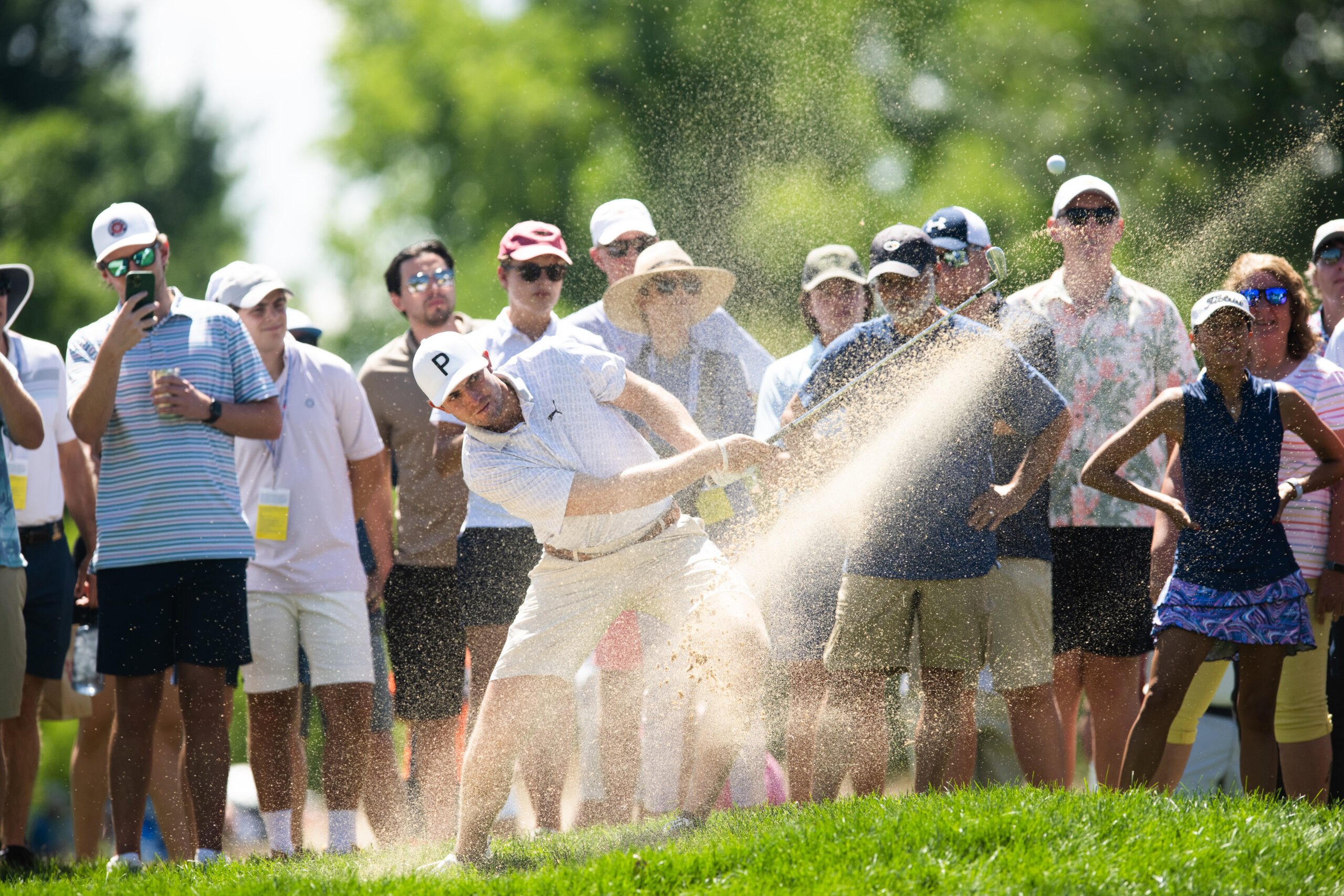
Having fast and reliable memory products is so important. I started using ProGrade cards and readers a year ago and I haven’t looked back since. Being able to have fast and reliable cards and readers has massively improved my workflow, especially if I need to be self-editing. The faster my images are uploaded onto my laptop the faster I can get them out to clients, and ProGrade has been a game changer in that regard.
Where would you like to see your career going next? Do you have any events you’d love to shoot or any you have scheduled to shoot soon?
I would love to one day be hired and tasked with building out a photo team for a big event. I have so much respect for those who have hired me to join their teams, especially earlier on in my career, and I would love to pay it forward to some younger photographers one day as well.
I have a few bucket list events that I would love to cover and I could list them all, but I’ll give you just a few: The Masters, the Winter Olympics, and Wimbledon.
In the meantime, I’m really looking forward to covering the US Open down at Pinehurst this year in June. To be able to cover the game’s best at an iconic venue will make for a great week!
What advice do you have for aspiring photographers who want to break into sports photography?
Take advantage of covering whatever you can. You don’t have to be covering professional sports to make a great image. Go out to your local high school, or if you’re in college reach out to your athletics department. Most sports don’t require a credential so just show up and shoot! For young women specifically, just know that you belong in this space just as much as anyone else!
Most importantly I believe you have to work hard and to be someone people want to work with. Having a team-first mentality, and being coachable will go a really long way! Don’t be afraid to ask questions or try something different.
Final Thoughts
Reflecting on this interview, it’s clear that passion, preparation, and perseverance are the hallmarks of a successful career in sports photography. Kathryn’s experiences, from the adrenaline of capturing iconic moments at major sporting events to the anticipation of future assignments, showcase the vibrant and demanding nature of this profession. Her advice offers invaluable insights for aspiring photographers, emphasizing the importance of seizing opportunities, continuously learning, and the power of a positive, team-oriented attitude. Whether it’s navigating the dynamic environment of the Super Bowl or cherishing the quiet intensity of the golf course, her career is a testament to the profound impact of sports photography in capturing and preserving the essence of human achievement and emotion.
